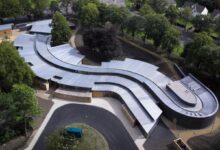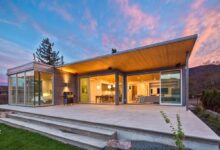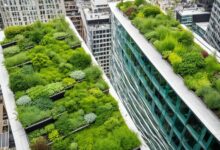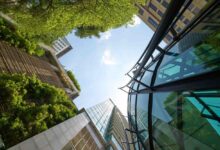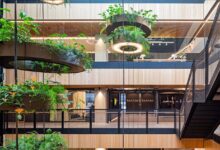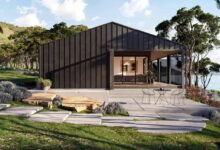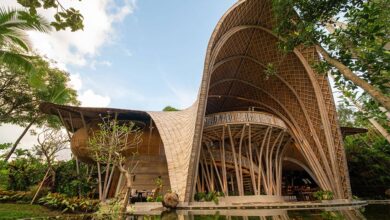Adaptive Reuse Becomes A New Architectural Trend
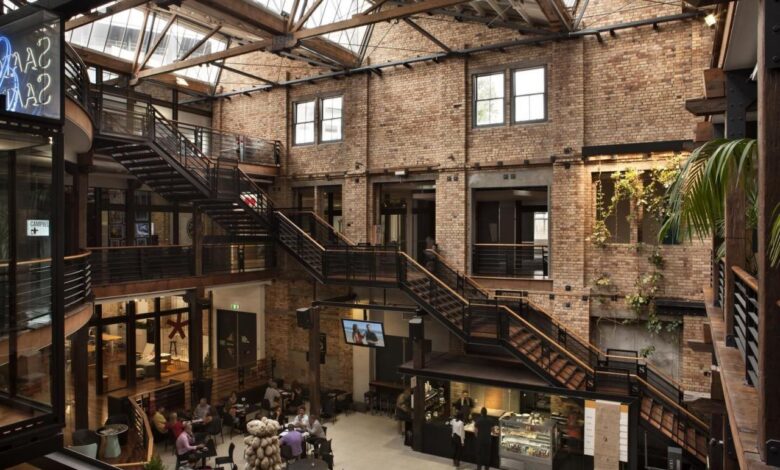
The world of architecture and urban development is undergoing a profound transformation. As cities become denser and a new focus on sustainability and historical preservation takes hold, the traditional model of “demolish and rebuild” is becoming obsolete. A new era of adaptive reuse is emerging, where old, underutilized, or abandoned buildings are given a new purpose, a new life, and a new meaning. This isn’t just a niche trend for a few eco-conscious architects; it’s a fundamental shift in how we think about urban development, one that is powered by a creative fusion of historical preservation, innovative design, and a deep understanding of a building’s potential. This article will take a deep dive into the core concepts of adaptive reuse, exploring the pivotal trends defining this movement, the myriad of environmental, economic, and social benefits, the challenges that still need to be addressed, and the immense opportunities that lie ahead for a more sustainable, resilient, and human-centric urban future.
The Philosophy of Preservation
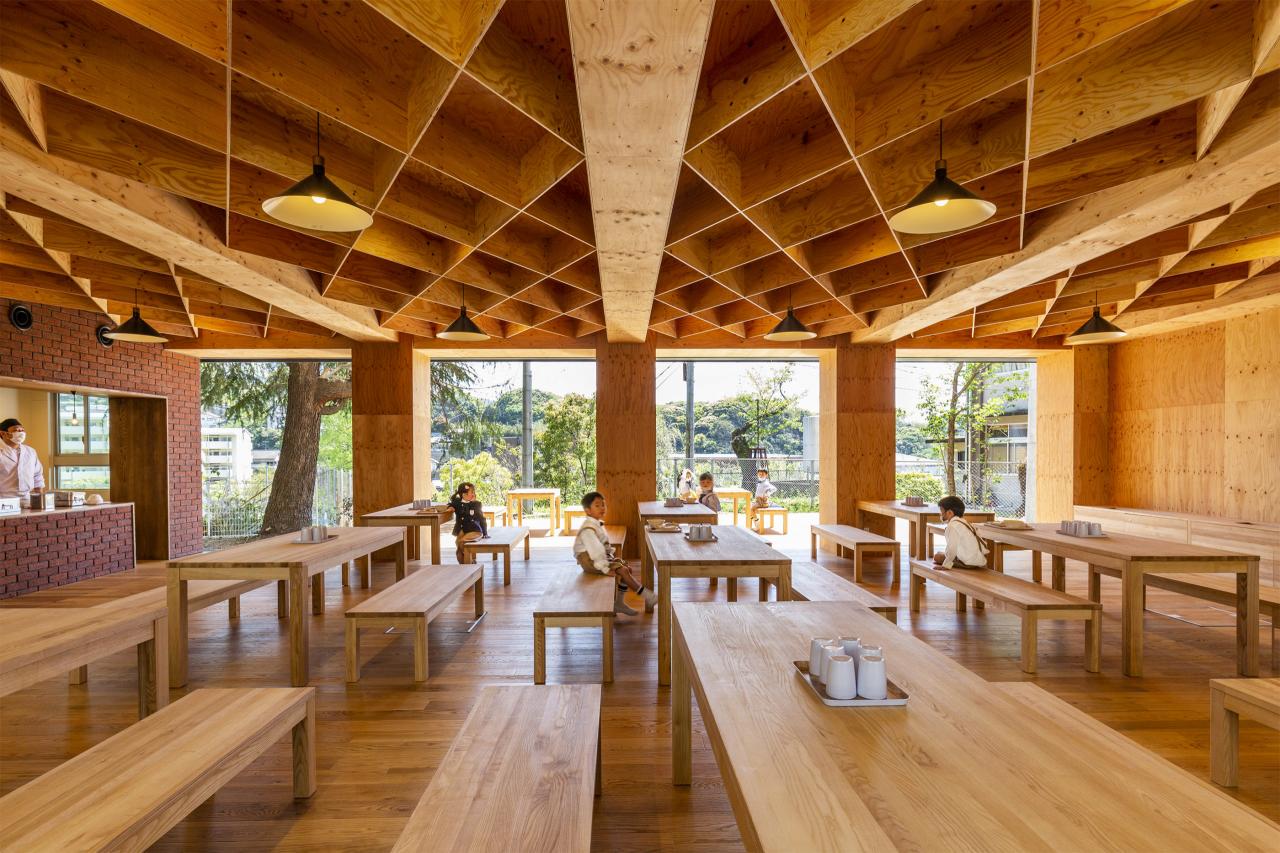
Adaptive reuse is a philosophy that sees a building not as a disposable commodity but as a valuable resource with a rich history and a deep connection to a community. It’s a rejection of a wasteful, linear model of development and an embrace of a more circular, sustainable one.
A. The Environmental Imperative
The construction industry is a major source of carbon emissions and waste. The demolition of a building can generate a massive amount of waste, and the construction of a new building requires an immense amount of energy and new materials. Adaptive reuse is a powerful solution to this problem.
- Reduced Construction Waste: By reusing an existing building’s structure, a developer can dramatically reduce the amount of construction waste that is sent to a landfill. This is a crucial component of a circular economy, where resources are kept in use for as long as possible.
- Lower Carbon Footprint: The construction of a new building requires a significant amount of “embodied energy”—the energy that is used to extract, process, manufacture, and transport building materials. By reusing a building, a developer can save a massive amount of this embodied energy, which can significantly reduce a project’s carbon footprint.
- Sustainable Urban Development: Adaptive reuse is a core component of a sustainable urban development strategy. It can help a city to grow more densely and more efficiently, without sprawling into green spaces. It’s a way to revitalize a neighborhood, to create new life, and to preserve a city’s historical character.
B. The Economic and Social Benefits
Beyond the environmental, adaptive reuse has a profound economic and social impact, providing a new way to revitalize a neighborhood, to create new jobs, and to foster a sense of community.
- Lower Costs and Faster Development: A developer can often save a significant amount of money and time on a project by reusing an existing building’s structure. This is particularly true for a building with a strong foundation and a durable structure. A developer can, for example, save money on the cost of a new foundation, a new roof, and a new wall.
- A New Urban Aesthetic: The new era of adaptive reuse is creating a new urban aesthetic, a creative fusion of old and new. An old factory can be transformed into a modern office, a historic warehouse can be turned into a trendy restaurant, and an old church can be repurposed as a new community center. This creative fusion of old and new can create a unique and vibrant urban landscape that is a reflection of a city’s history and its future.
- Fostering a Sense of Place and History: Adaptive reuse is a powerful way to preserve a city’s historical character and to foster a sense of place. A building that has been a part of a community for decades can be given a new life, a new purpose, and a new meaning. This can help a community to feel a deeper connection to its history and its identity.
The Trends in Adaptive Reuse
The new era of adaptive reuse is a masterclass in innovative architecture. It is a creative fusion of history, technology, and a deep understanding of a building’s potential.
A. Industrial to Residential
The most common trend in adaptive reuse is the transformation of old industrial buildings—factories, warehouses, and mills—into modern residential spaces. These buildings often feature a high ceiling, a large window, and an open floor plan, which is a perfect fit for a modern loft or a new co-living space.
- Preserving Historical Features: The art of this process is to preserve a building’s historical features, such as a brick wall, an old beam, or a large industrial window. These features can add a new level of aesthetic appeal and a new layer of history to a modern space.
- The Integration of New Technology: A repurposed industrial building is often a smart building. The use of new technology, such as a new, more energy-efficient HVAC system, a new lighting system, and a new security system, can make a building more comfortable, more secure, and more sustainable.
- A Hub for a New Community: A repurposed industrial building can be a new urban village, a place where a resident can live, work, and play in a single location. The building can feature a co-working space, a restaurant, a gym, and a variety of other shared amenities, fostering a sense of community and a new kind of urban living.
B. Commercial to Mixed-Use
The new era of remote work has led to a major crisis in the commercial real estate market. The new trend is to transform old commercial buildings, such as a traditional office building or a shopping mall, into a new mixed-use space. This can include a combination of residential, commercial, and recreational spaces, all in a single location.
- A More Vibrant Urban Landscape: A repurposed commercial building can be a powerful way to revitalize a downtown and to create a more vibrant urban landscape. The combination of a residential space, a retail space, and a recreational space can bring new life and a new energy to a city center.
- A More Resilient Real Estate Market: The new mixed-use model is a more resilient one. In an economic downturn, a residential space can survive, even if a commercial space struggles. This makes the new mixed-use model a more stable and a more secure investment.
- The New Urban Village: The new mixed-use model is a new kind of urban village, a place where a resident can live, work, and play in a single location. This can reduce the need for a car, which can have a significant positive impact on a city’s carbon footprint.
Challenges and Opportunities
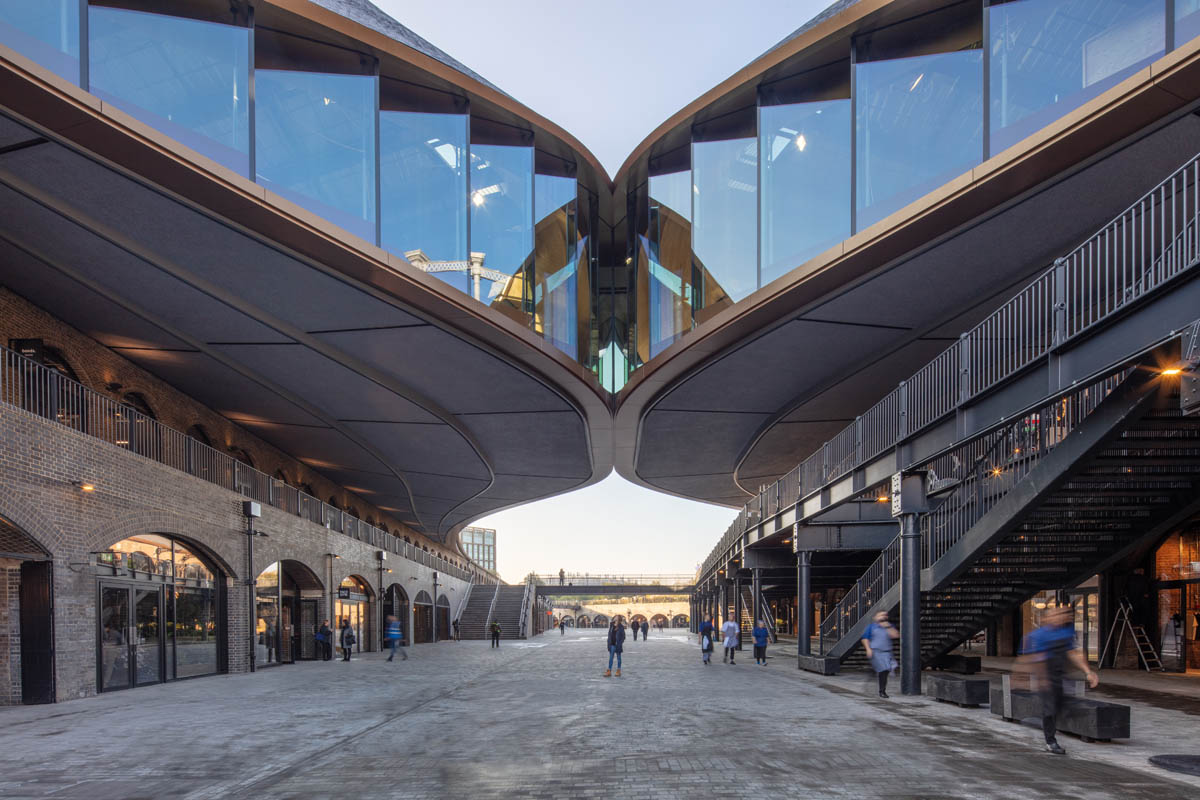
While the future of adaptive reuse is bright, there are significant challenges that must be addressed to ensure that this revolution is inclusive and sustainable.
A. The Cost of Conversion
The cost of converting an old building into a new one can be prohibitive. The components that power these buildings, such as a new electrical system, a new plumbing system, and a new HVAC system, can be expensive. The cost of a conversion can often be as high as the cost of a new building, which can be a major barrier to adoption.
B. The Legal and Regulatory Maze
The legal and regulatory framework for adaptive reuse is a complex and often confusing one. The codes and regulations for an old building can be different from the codes and regulations for a new one, and this can create a major hurdle for a developer. New regulations are needed to streamline the process and to make it easier for a developer to reuse an old building.
C. The Human Element
A building is, at its core, a place for people. While technology can solve many problems, it cannot replace the human element of empathy, community, and social connection. The challenge is to use technology to enhance human interaction, not to replace it. Urban planning must be human-centric, creating spaces that foster community and belonging.
Conclusion
Adaptive reuse is not a passing trend but a powerful and transformative movement that is fundamentally reshaping our relationship with our built environment and with a city’s history. It is a testament to a new understanding that a building can be more than just a shelter; it can be an active participant in a sustainable ecosystem, a living, breathing resource with a rich history and a deep connection to a community. The creative fusion of history and technology is a new form of artistry, and it is creating a new urban aesthetic that is as unique and as vibrant as the city it serves.
However, as we embrace this new era, we must also confront the significant challenges that lie ahead. The high cost of a conversion, the need for a new legal and regulatory framework, and the challenges of a building’s a structural integrity are all hurdles that must be addressed proactively. The future of architecture is a journey that will be defined not just by its technological prowess but by its ability to create a world that is more connected, more human-centric, and more conducive to a person’s overall well-being. The adaptive reuse trend is here, and it promises to build a future where our buildings are as healthy and as happy as we are.

